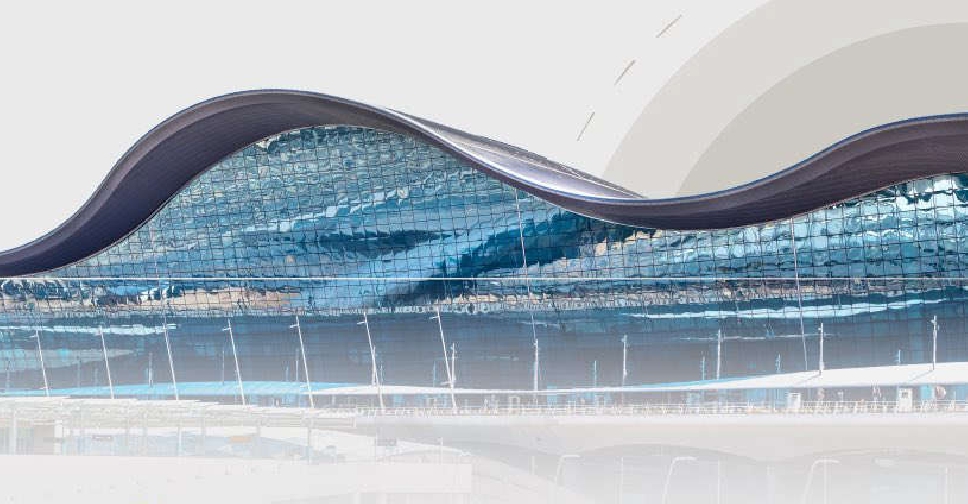
Abu Dhabi International Airport's Terminal A is scheduled to begin operations in early November 2023.
The facility, known as Midfield Terminal Building during its construction phase, covers 742,000 square metres of built-up area, and is among the largest airport terminals in the world.
It will accommodate up to 45 million passengers per year, process 11,000 travellers per hour and operate 79 aircraft at any given time.
"The opening of the facility, which is on par with the largest and grandest on our planet, turns over a new page in Abu Dhabi’s 55-year aviation history. A beacon of modernity and sophistication, it will be a pivotal driver for our emirate’s growth by spurring tourism and trade," said Sheikh Mohammed bin Hamad bin Tahnoon Al Nahyan, Chairman of Abu Dhabi Airports.
.@ad_airports has announced that @AUH’s Terminal A will begin operations in November 2023. The terminal, referred to as Midfield Terminal during construction, will have capacity to serve 45m passengers per year, and supports the sustainable growth of Abu Dhabi’s aviation sector. pic.twitter.com/32kRNnBGDN
— مكتب أبوظبي الإعلامي (@ADMediaOffice) August 31, 2023
Equipped with the latest technologies, Terminal A boasts a range of interconnected biometric systems that will provide passengers a seamless, digitised journey from pre-travel to boarding gate, facilitated by self-service kiosks, streamlined security checkpoints and state-of-the-art baggage handling systems.
The terminal will also feature an array of amenities, including lounges, relaxation zones and spa facilities, in addition to 163 retail and food and beverage outlets.
The architecture of Terminal A has won international design awards and adds an architectural landmark to Abu Dhabi’s cityscape.
Blending modern, lightweight aesthetics with functionality, the building’s glass exterior maximises natural light while creating a civic space inside the terminal.
A fully integrated solar photovoltaic system on Terminal A car park roof currently powers a three-megawatt (MW) solar photovoltaic (PV) plant, saving nearly 5,300 tonnes of CO₂ annually.



 Wall Street futures sink as tariffs fuel recession fears
Wall Street futures sink as tariffs fuel recession fears
 Trump to impose 10% tariff on UAE, Saudi Arabia imports
Trump to impose 10% tariff on UAE, Saudi Arabia imports
 UAE tops global entrepreneurship rankings for 4th straight year
UAE tops global entrepreneurship rankings for 4th straight year
 Emirates launches express delivery service
Emirates launches express delivery service



